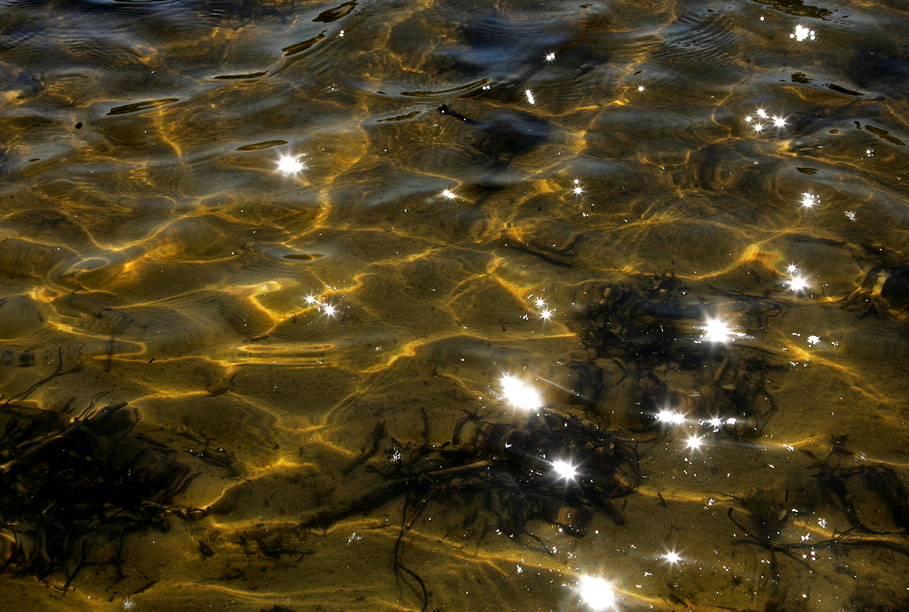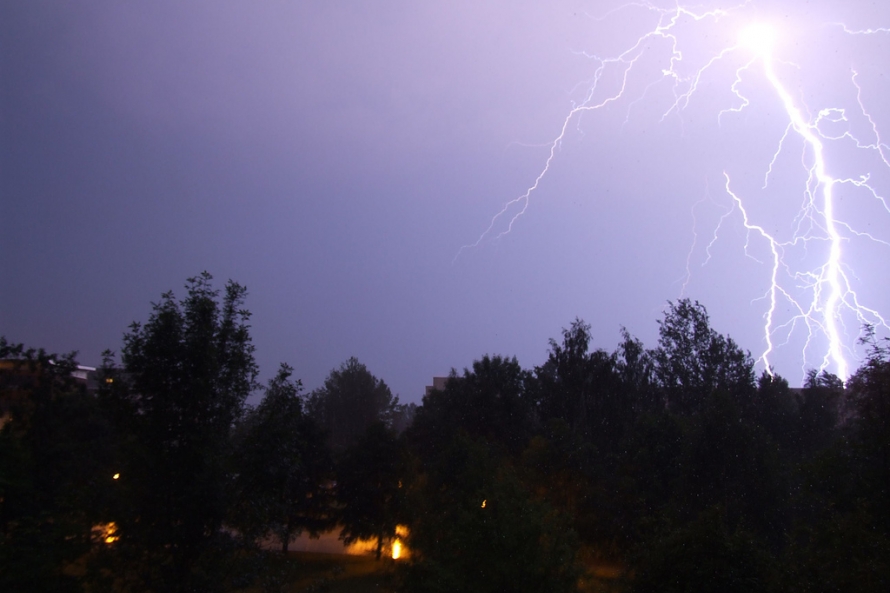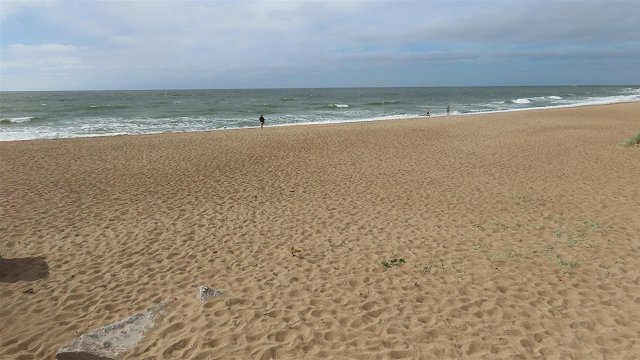A true meteorological summer seems finally to have arrived and with it more seasonal hazards for Latvians to ponder during their vacations.
Yet the thick fog that reduced visibility on roads shortly after 5am Friday morning seemed “downright fall-like”, said Latvian Radio (LR) meteorologist Toms Bricis. It came after a cool night with air temps in the low teens.
Latvian State Roads recorded only 70-meter visibility at the treacherous curve on the Riga-Liepaja highway at Annenieki, while on the Riga-Daugavpils highway near Kaibala the fog blocked all sight of the road beyond 110 meters.
Slow winds from the north will bring partly cloudy conditions with little chance of precipitation Friday. Air temperatures will be balmy in the low- to mid-+20s⁰ Celsius. However the chance of thundershowers will increase over Saturday to greater likelihood on Sunday, something the throngs of music festival-goers at Positivus in Salacgriva should keep in mind.
Inland from the stony beaches of Vidzeme province the increased chance of thundershowers means the ongoing possibility of devastating lightning strikes. Cumulus clouds holding rain are likely to move very slowly and could deliver some intense localized storms.
Fire and Rescue Service (VUGD) Vidzeme brigade commander Janis Skrastins told LR that too few homesteads and the buildings around them are equipped with proper lightning conductors to protect them from suffering a fire in case of a strike. He reminded listeners to unplug appliances and shut windows upon the approach of a threatening storm. All real estate properties should also be insured for compensation against such accidents, the VUGD officer added.
Meanwhile on the maritime front, Sweden’s meteorological authorities note that the season’s first surface clusters of cyanobacterial blue-green algae (otherwise known as “pond scum”) have appeared in the Baltic Sea proper east of Gotland and “are expected to drift northwards and then change direction towards southeast” during the next 24 hours.
Bricis reminded listeners that, while the winds stay mild, these surface accumulations won’t necessarily be pushed all the way to Latvia’s seacoast, but that doesn’t mean we won’t see our own local surface blooms appearing in slow-moving, warmer waters.
Cyanobacteria can produce toxins that endanger marine life, animals and humans who come into contact with it.
While downwelling, which swimmers hope will bring more rapidly warming waters hasn’t begun, upwelling has stopped, and temperatures in Wednesday's icy waters at Mersrags have now climbed up to +14⁰ Celsius.
At the other end of Latvia, swimmers risking a dip way upriver in the mighty Daugava near the Belarus border can expect “milky” waters at a very warm +26⁰ Celsius, notes Bricis.
































